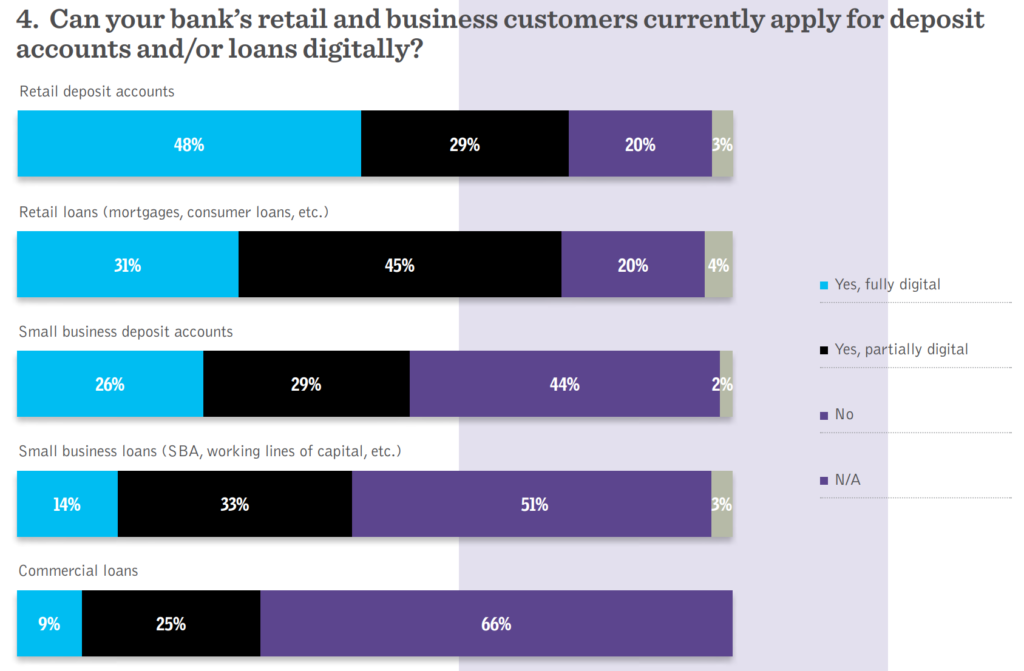Determining the direction of the digital experience race should be easy enough. It’s a race for the customer. A race for their loyalty and engagement. But riddle me this Batman: Where is she? As puzzling as a chameleon inside a packet of Skittles.
For the last couple of years, onboarding has been a focus. Come up with a snazzy looking app with a catchy tag line and onboard the customer within a couple of minutes before they lose interest and abandon the process. Tick Tock, Instagram and doom scrolling have driven the attention span of the average mobile phone user to less than 12 seconds. Hurry up! Go faster! To capture the next generation of customer, the Millennials and GenZ’s , everyone seemed to get the message. “Get them before they change their mind“
KYC technologies erupted with Silicon Valley and Bank VCs chasing them hard. The idea is simple enough, get the customer to take a selfie, upload some identity docs, confirm they are in that target market, validate they’re real, compare them, if all good, give the customer an account.
At Moroku we thought that was all done and that the race was turning in a new direction, towards engagement. The direction of the digital race was moving away from one to the bottom on speed, to a race to the top on emotion.
Not so fast young Robin.
The Bank Director’s technology report for 2022 identified over half of the US banks still being focussed on enhancing digital account opening. Less than half of respondents say their bank had a fully digital process for opening retail deposit accounts. As complexity of decisioning increases, the percentages tail off quickly.
For those organisations who aren’t in the blue box below, now is the time to get a wiggle on. For any service without a branch or those who want to reduce their branch footprint, digital onboarding is job one.


The KYC technology tricks are
- ensure they are cloud native
- offer cascading service integration
These ensure rapid integration with ever green services that incorporate multiple sources of verification through a single commercial and technology arrangement. Collectively these make the commercial and technology aspects of the solution straightforward and progressive.
The Generational Divide
Just 25% of the directors and executives surveyed say their bank has the tools it needs to effectively serve Generation Z (16-25 years old), and half believe their institution can effectively serve millennials (26-40). Eighty-five percent say as much about Generation X (41-56), and 93% say this of baby boomers (57-75).
The customer acquisition race for service providers is evidently more than rapid digital onboarding. There needs to be a compelling value proposition backed up by post onboarding engagement. This is where the race pivots 180 degrees away from a race to the bottom on speed, with ease of use, towards a race to the top on emotion, a race less about speed but about building value and connection.
The segments where service providers are losing the race go beyond digital natives. They are social and game natives, addicted to feedback, reward, support, content and emotion, all of the aspects that simple Ease of Use design patterns fail to deliver. In banking, money is hard to master. In health, wellness is hard to master. In energy, being sustainable is hard to master. In all of these industries, making services easy to use is not enough to move the needle in the direction of value and engagement.
With money being so difficult to master the target shifts away from being great with money towards feeling better about money. This is because being great is so very hard to define. What is being great with money? Being the richest person in the world? What is having enough? What is being resilient enough? Such questions are hard to resolve.
The same exists with health and energy. What is winning at an individual level with these important aspects of our life?
Yet, knowing the answers to these questions and understanding our progress is fundamental to engagement, as game design and flow theory point out. By establishing the customer’s journey within the context of a game we can help them learn more, implement new systems, create stronger habits and move up the fitness hierarchy.
From Ease of Use to Fun to Use
Games and social are defining mobile engagement but also ideas around fitness – there is a lot to be curious about and they help. Within these design paradigms, called Fun to Use, there are lots of design ideas and mechanics that are powerful and applicable to digital banking design to drive post onboarding engagement and build relationships.
- Competitions
- Lotteries
- Rewards
- Awards
- Missions
- Challenges
- and more
What’s required is to organise and place them correctly within the user journey. The Moroku Design Method (On Ramp) does this. When coupled with Odyssey, customer engagements can be rewarding, customers can lean into their money and relationships can be built.